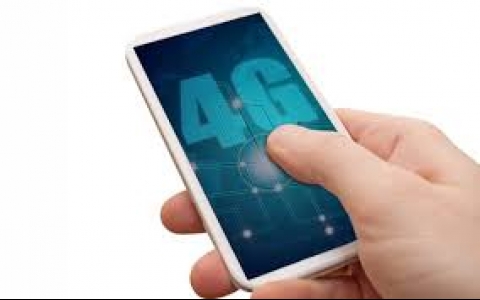
The development of 4G and 4G LTE in Vietnam are certain to provide major benefits to the mobile ecosystem and a new experience to users.
Smartphone manufacturers have been readying themselves for the introduction of 4G in Vietnam but are waiting for the right time to launch new models on to the market.
According to insiders, 4G is guaranteed to take off in the future. Using your smartphone to watch YouTube and other videos, check Facebook, access over-the-top (OTT) content such as Viber and Zalo, and listen to music requires a huge bandwidth and demand will only increase in the time to come.
In recent years the deployment of 3G in Vietnam has seen rapid development. There are now around 36 million 3G subscribers and mobile broadband has allowed 52 per cent of the country’s population to access the internet.
Development has been supported by many factors, including the launch of suitable subscription fee packages, an increase in affordable mobile phones, and a growing demand to access data among the middle class.
For most people who moved from 2G to 3G the smartphone enabled them to become more exposed to the internet.
In the first half of 2015 Vietnam saw strong growth in its smartphone market, of 27 per cent against the first half of 2014.
Most smartphone manufactures have already integrated 4G technologies into their products. According to an ASUS representative, many of its models, including ZenFone 2, ZenFone 2 Laser 5.5, and ZenFone Selfie have integrated 4G LTE.
Oppo, meanwhile, is ready to integrate 4G into all of its smartphones, including those priced at VND4 million ($178.6), according to Oppo Marketing Director Dang Quoc Cuong.
However, it is still waiting for “signs” from the 4G pilot being conducted by Vietnamese telecommunications companies before bringing these products to Vietnam.
Its phones available in Vietnam at the moment only support 3G.
After local telecommunications companies complete the standard 4G network, manufacturers will then measure the specific bandwidth to fully integrate 4G into their smartphone products, ensuring they operate smoothly.
It takes only a few dollars to take an Oppo device from 3G into 4G, Mr. Cuong said, adding that this is a completely acceptable cost for the manufacturer.
Viettel recently tested 4G services in the southern coastal city of Vung Tau. Other telecommunications companies have also been preparing for the testing and deployment of similar services.
At recent conferences some telecommunication operators asked the Ministry of Information and Communications to quickly issue 4G licenses.
To accelerate the expansion of the 4G LTE network, Qualcomm has been working with strategic partners including original equipment manufacturers, original design manufacturers, and telecommunications companies, according to Mr. Thieu Phuong Nam, General Director of Qualcomm Indochina.
This ensures high-quality designs, 4G microprocessors for all segments, high-capacity mobile devices, well-connected networks, and reliability for users.
Qualcomm has also been working with related parties to encourage customers to switch from 2G and 3G to 4G.
It has contributed to reducing the complexity of LTE-supported products and is paving the way for the new generation technology to be combined with Carrier (CA) and 4G LTE and other improvements in Snapdragon processors in all product segments.
History has shown that a new generation of technology appears every ten years. The 80s was the time of 1G, relying on analog technology.
The 90s saw the appearance of 2G digitized calls with Code Division Multiple Access (CDMA) and Global System for Mobile (GSM) communications.
Ten years later the world entered the era of 3G, with breakthrough movements from the internet to mobile and wireless transmission.
Since 2010 4G has been in the pipeline, which has been upgraded to LTE-4.5G.
5G is expected by 2020, which will serve high-speed downloads and processing, according to Mr. Nam.
The deployment of 5G will be not just for smartphones but also for other devices and the “Internet of Things”. The 5G network will also support telecommunications companies in developing new services and new experiences for customers.
There are about 7.5 billion mobile connections around the world. Mobile trends not only connect people with people but also connect other devices (which is known as the “Internet of Things”).
The unity of infrastructure and terminal equipment around the world remains a core issue, however. When 5G is launched, 4G will continue with its development.
The world is entering the “Internet of Things” era. Qualcomm will also provide intelligent connectivity solutions this year to resolve some of the biggest challenges presented by the “Internet of Things”, Mr. Nam added.
As industries develop strongly around, Qualcomm will offer connection capacity to each sector through new wireless solutions.
By helping homes, cars, cities, education services, wearable devices, and healthcare providers to further interact with each other and for more data to be transmitted over many networks, the development of the “Internet of Things” will be boosted to a higher level.
